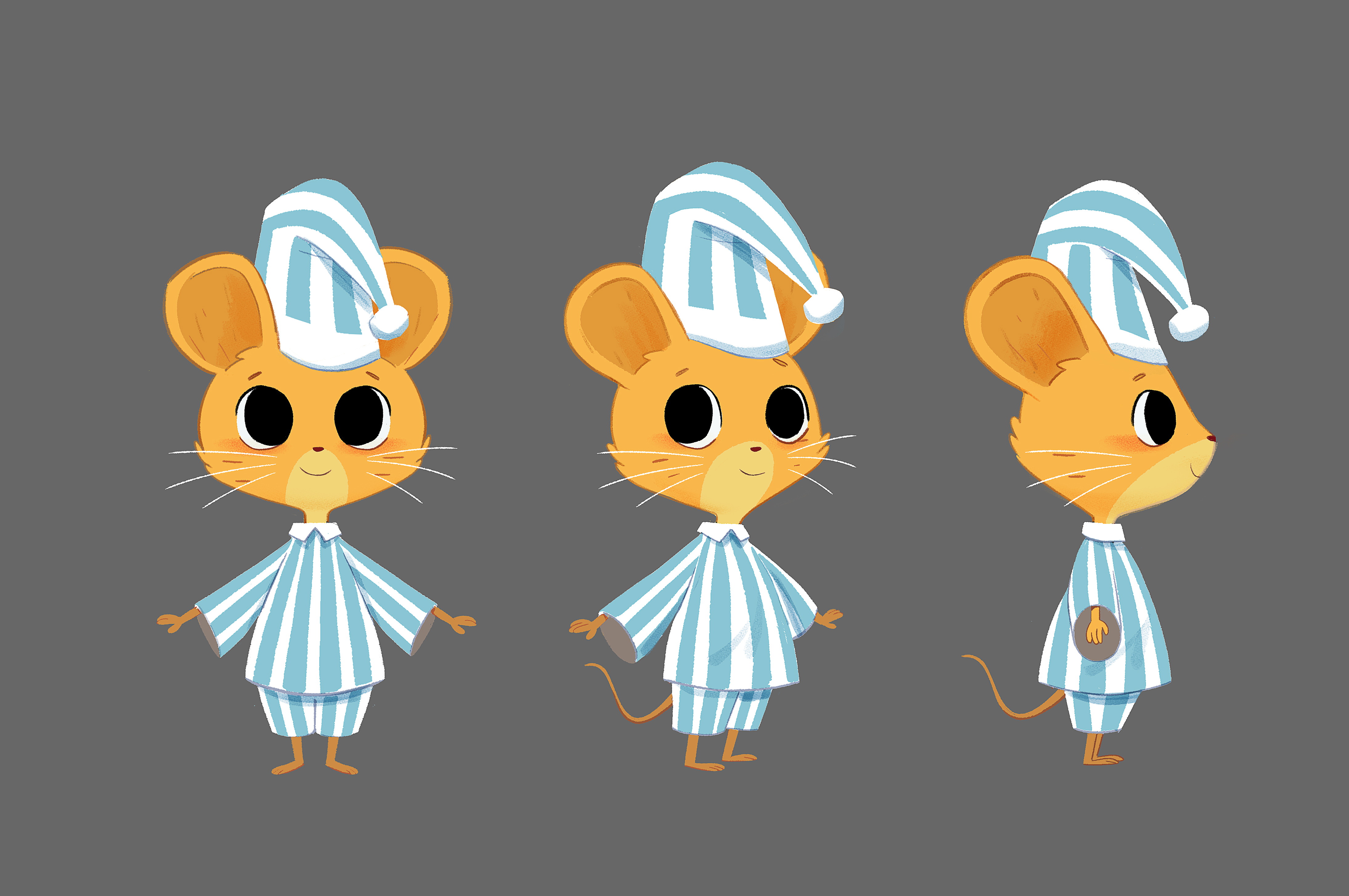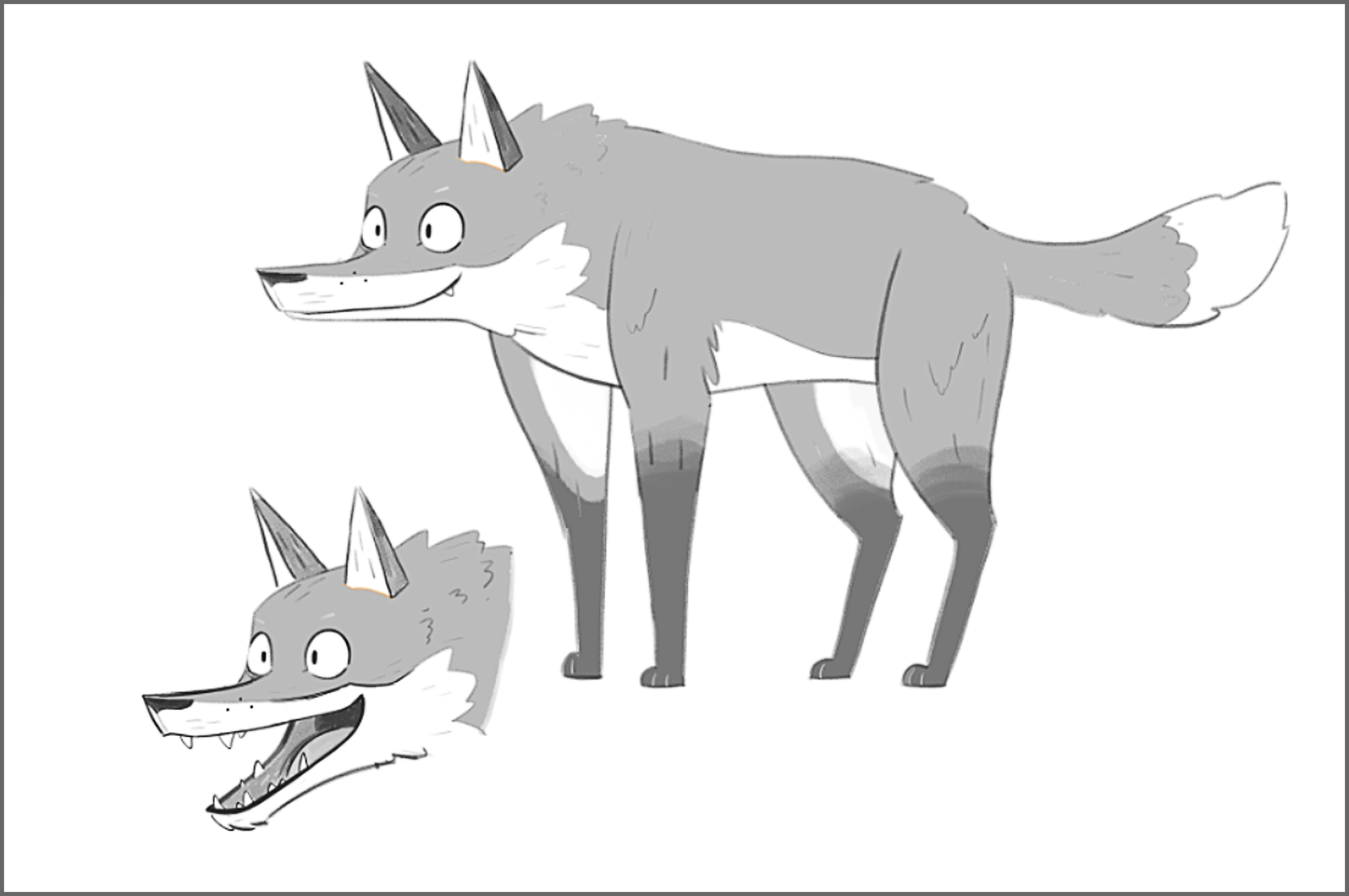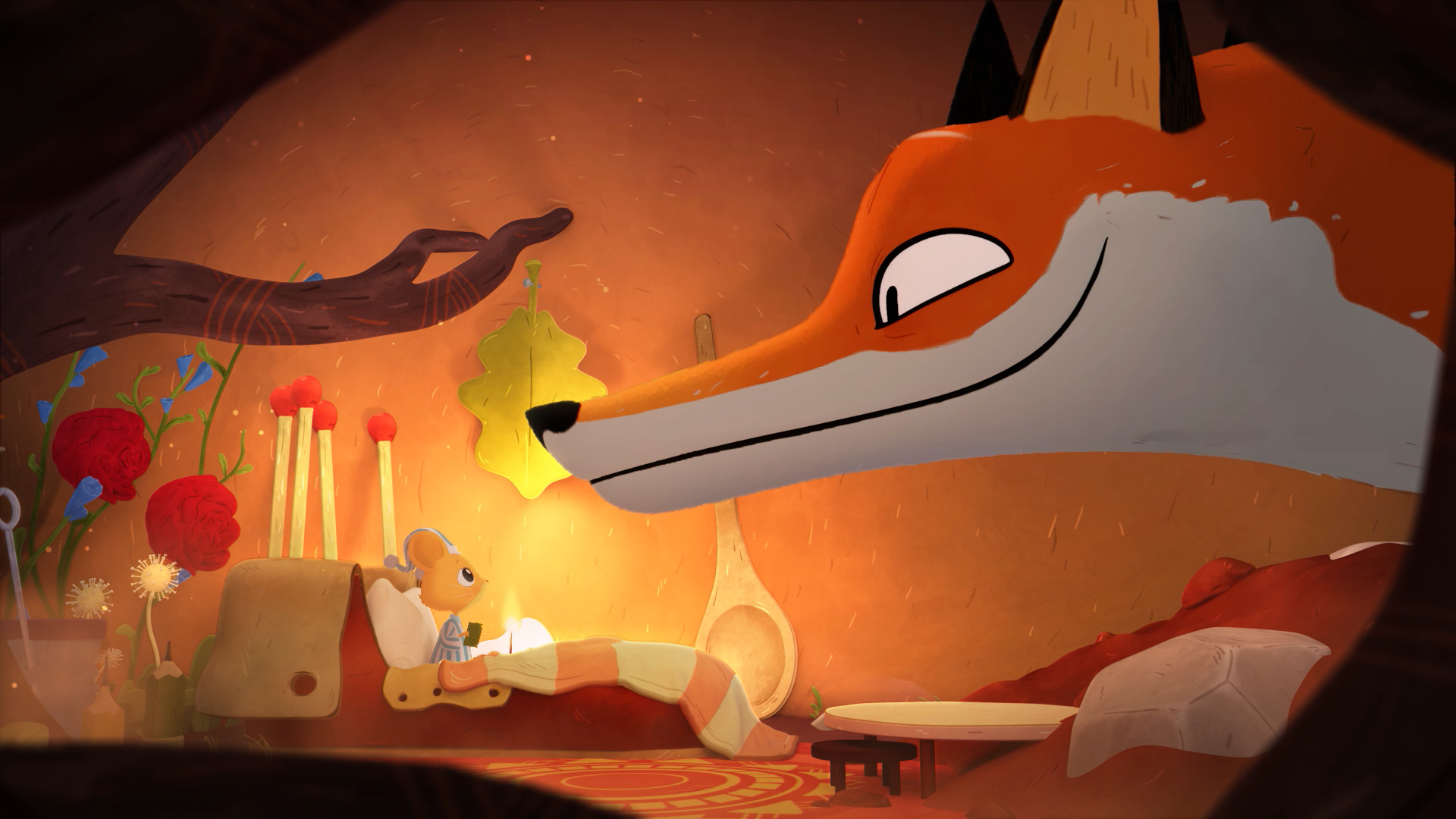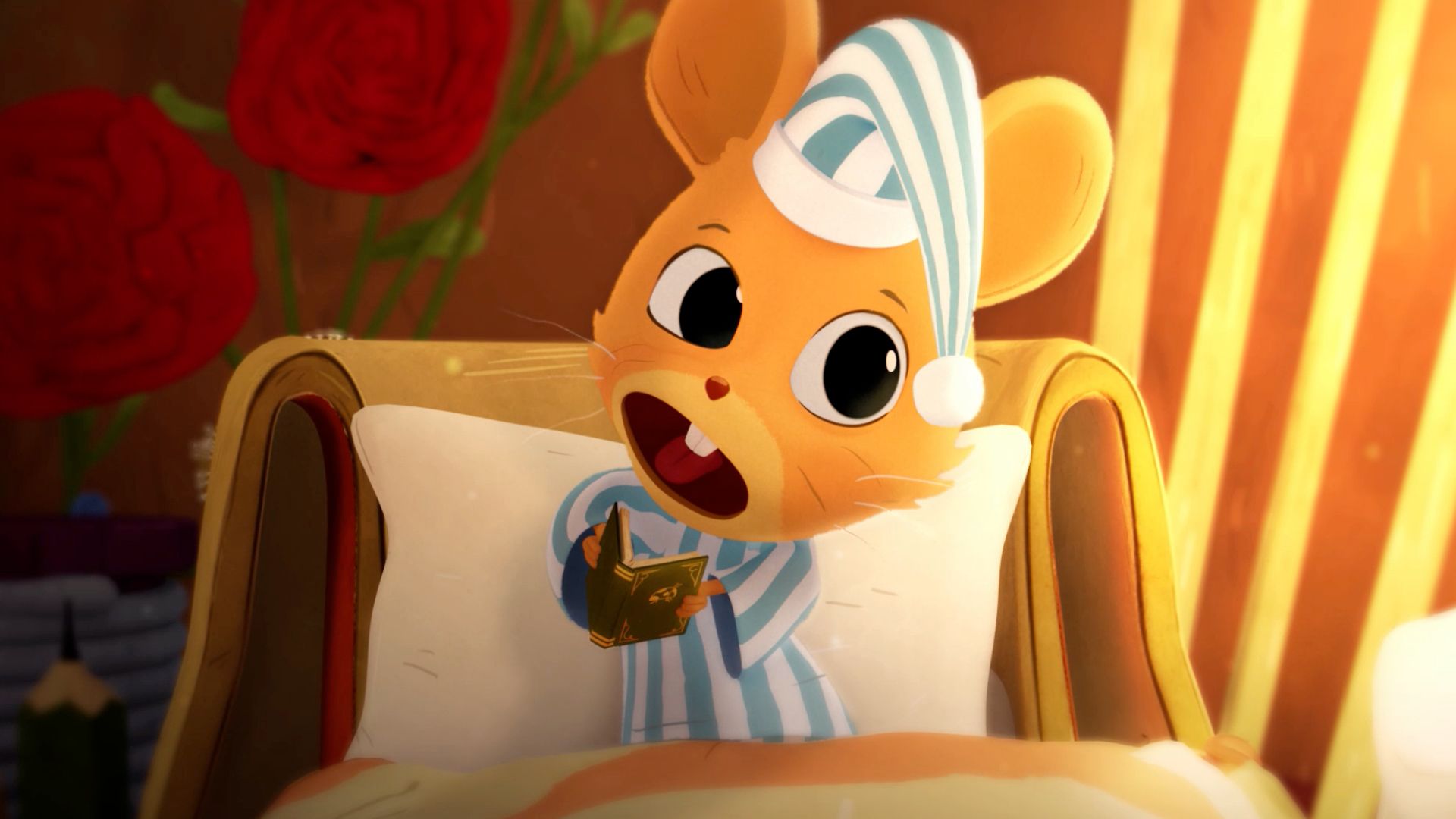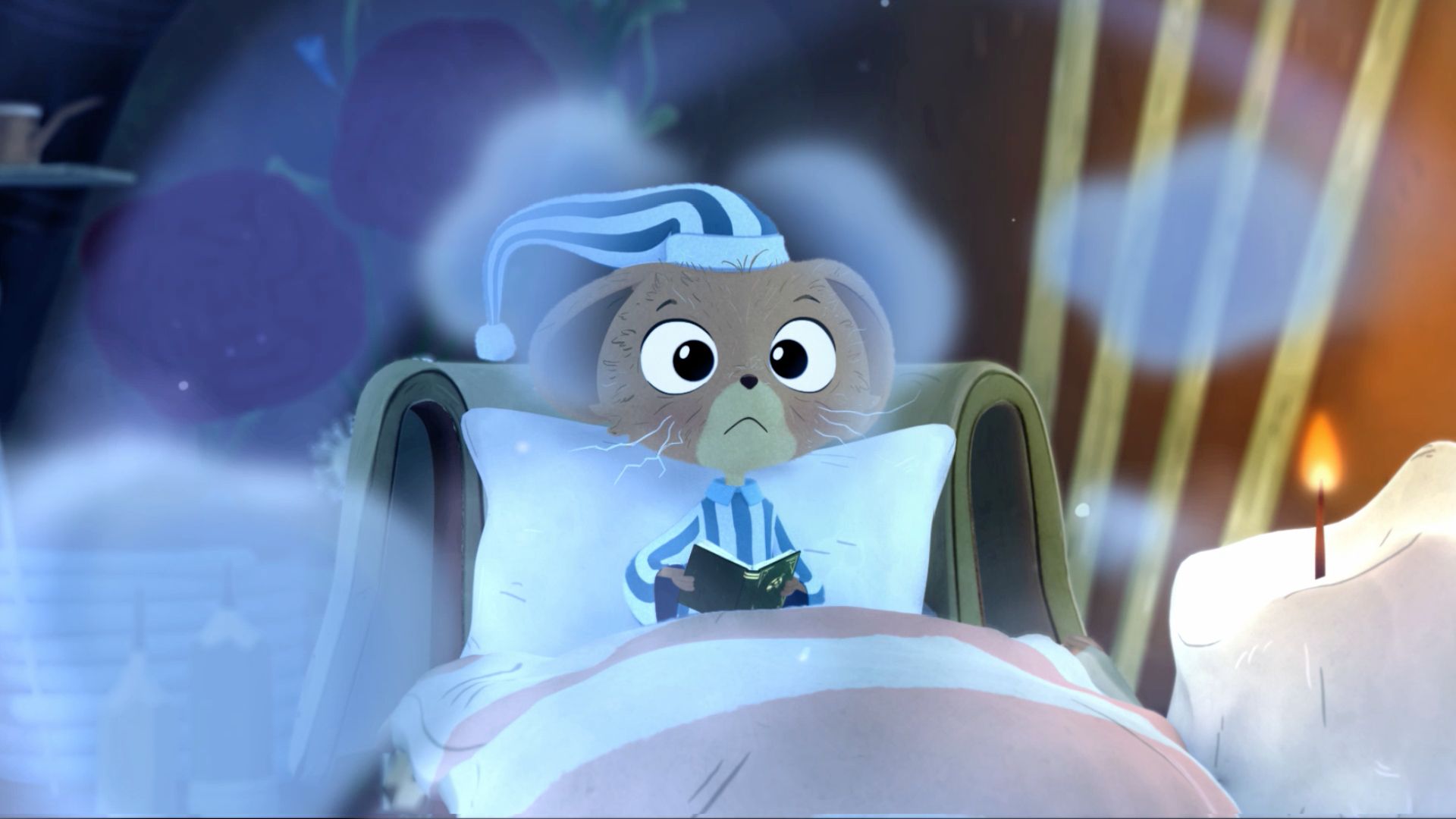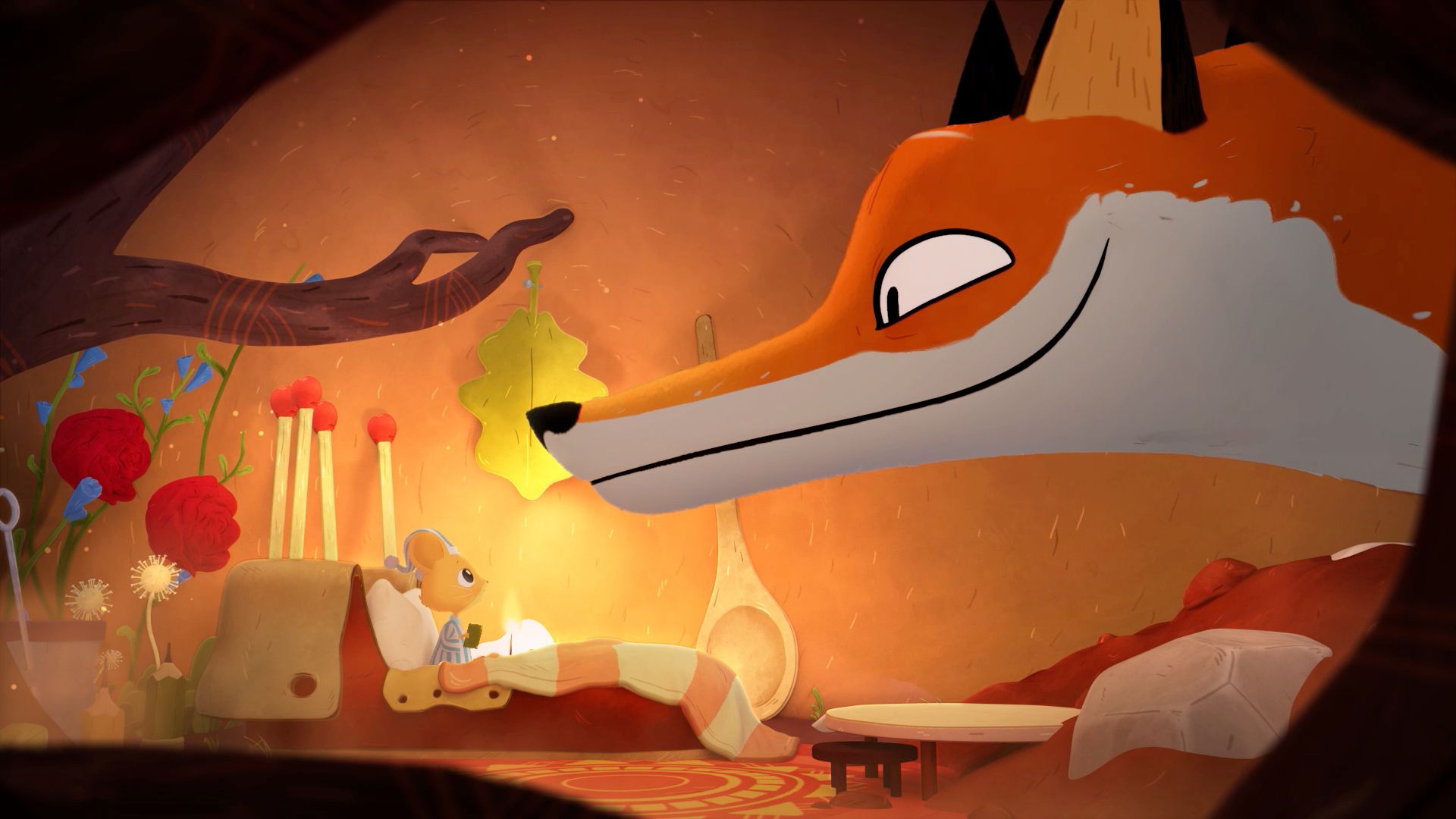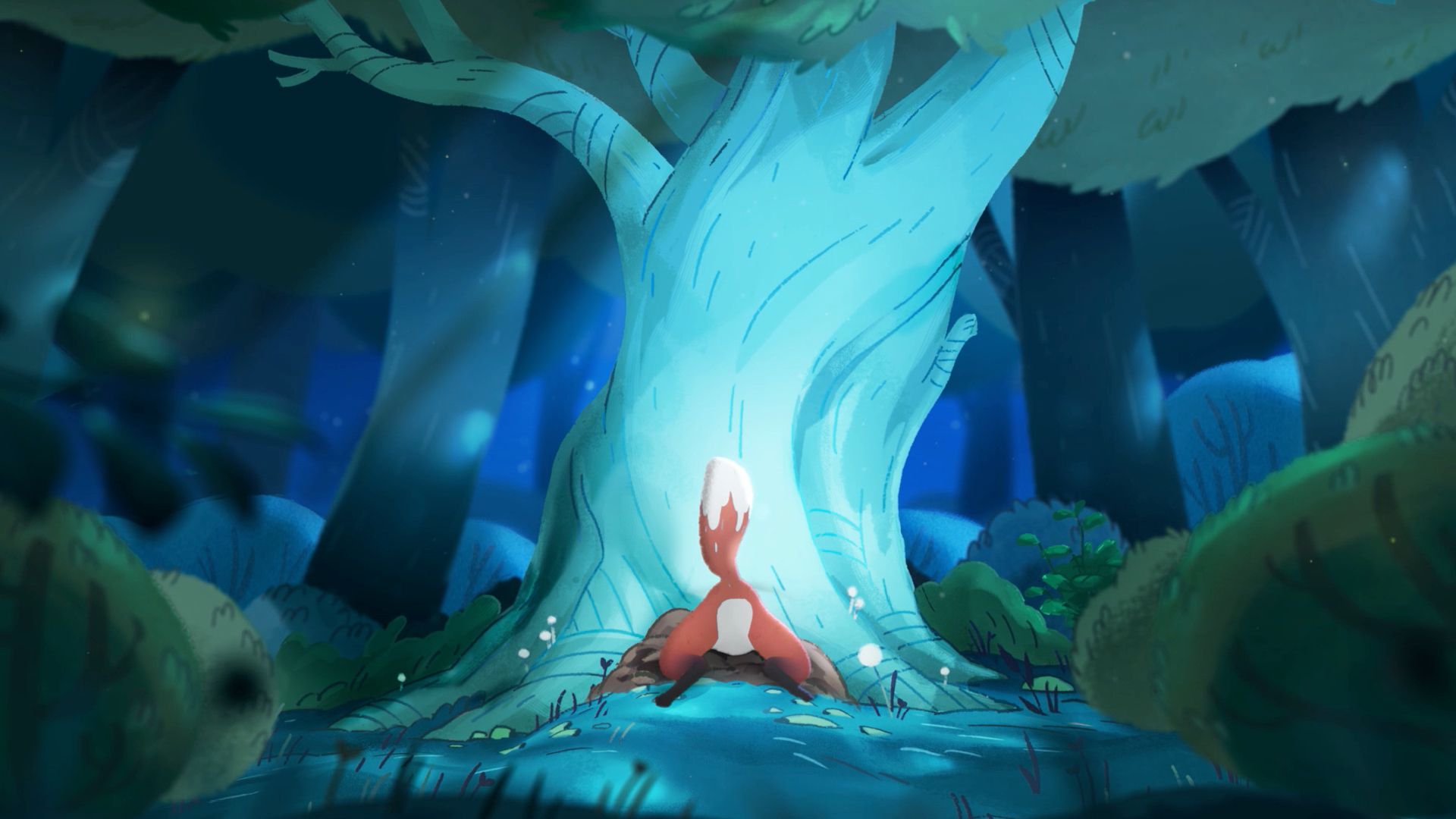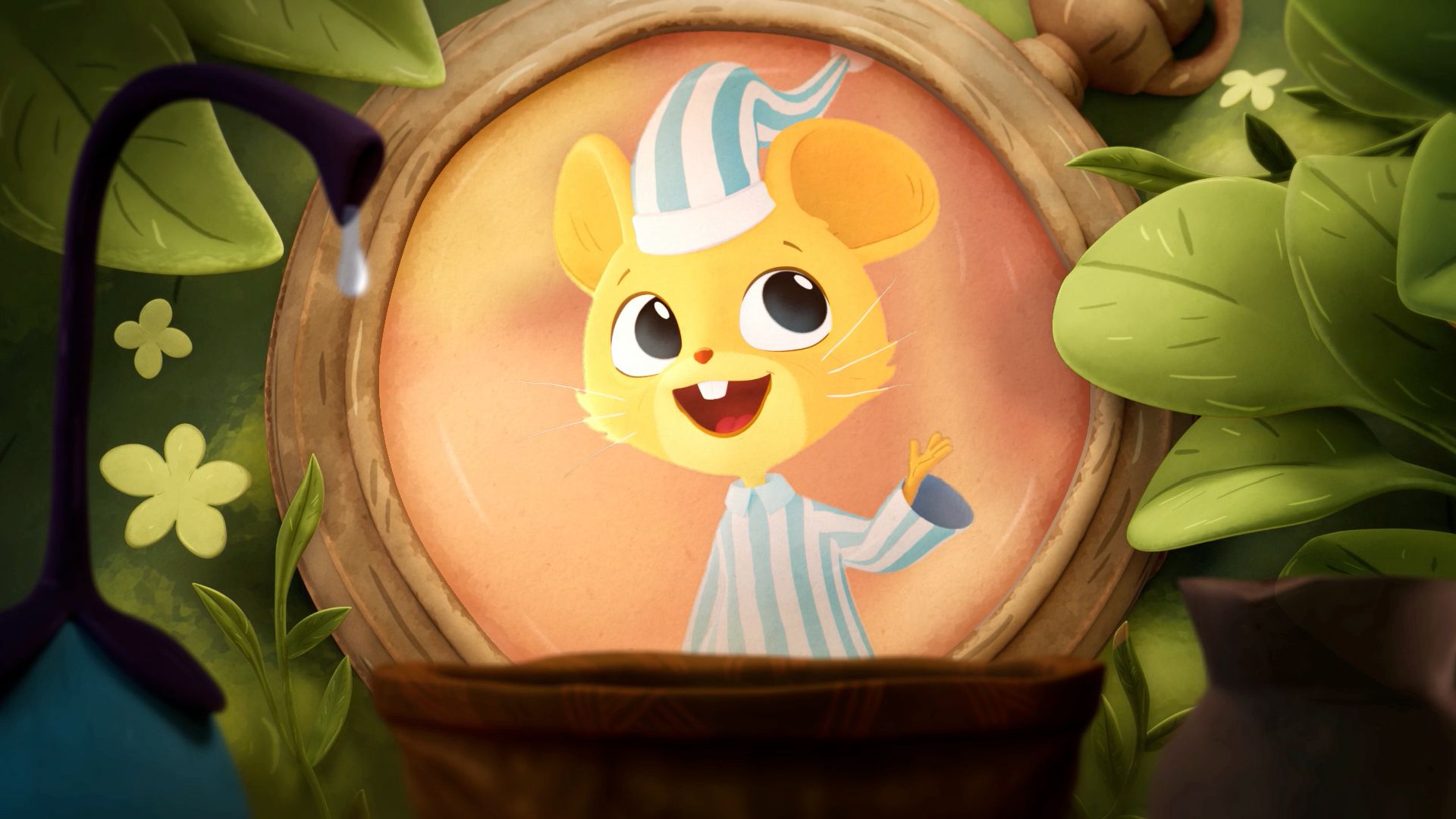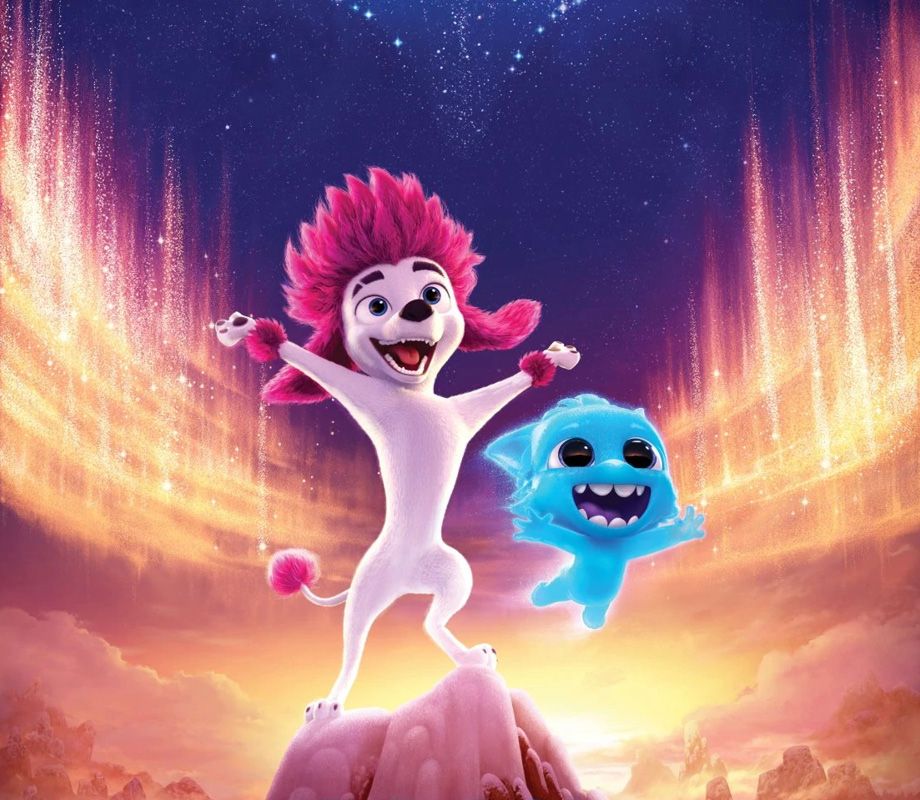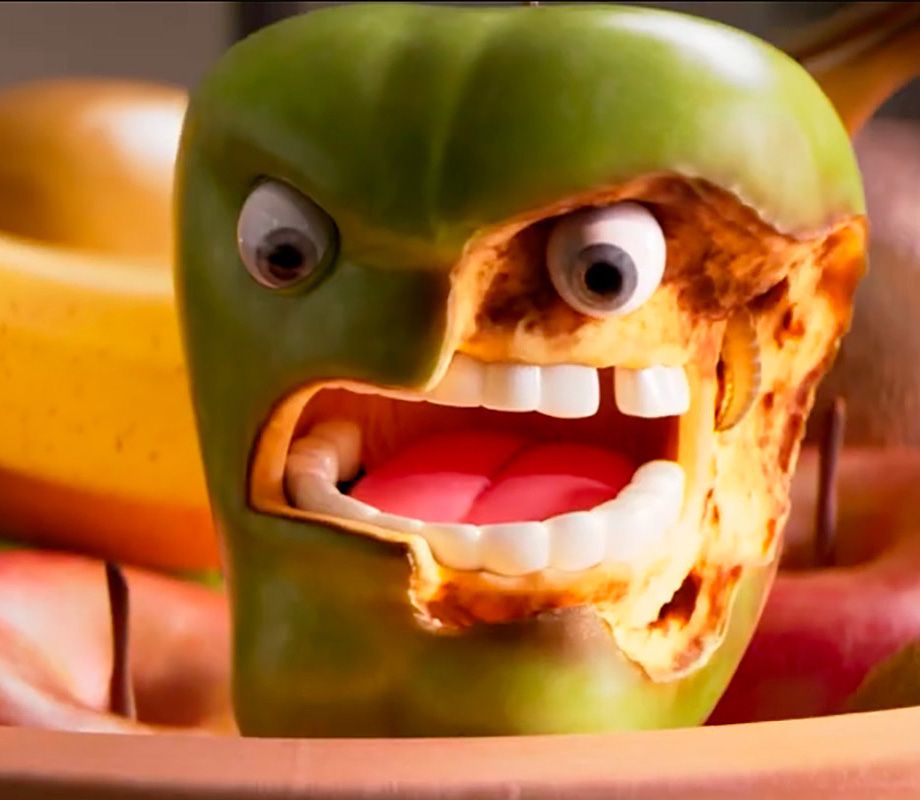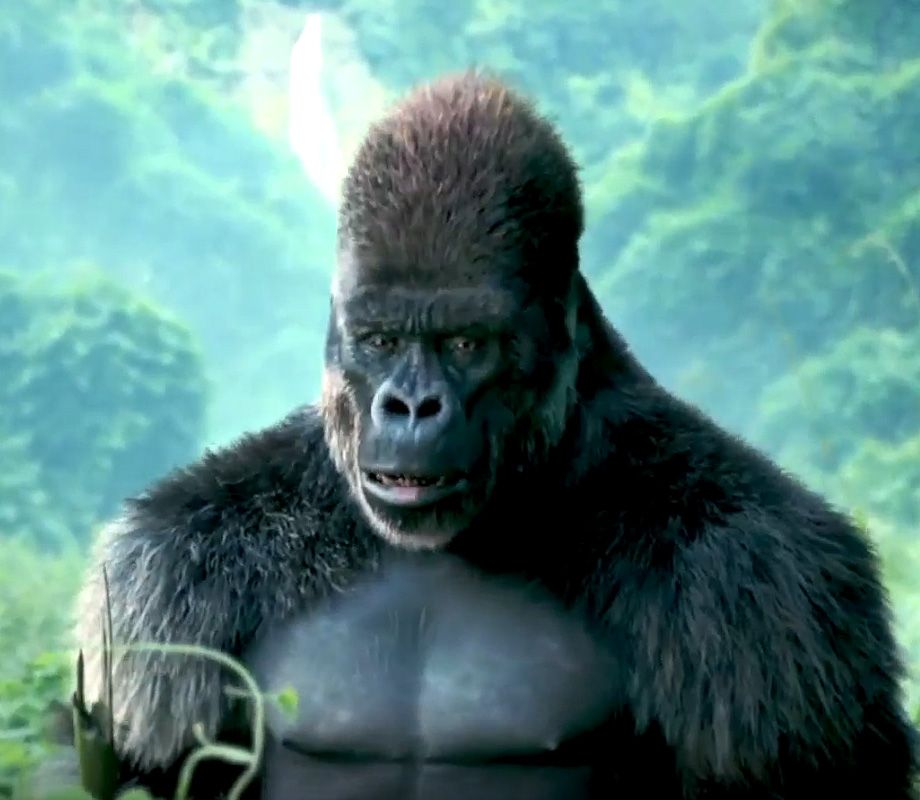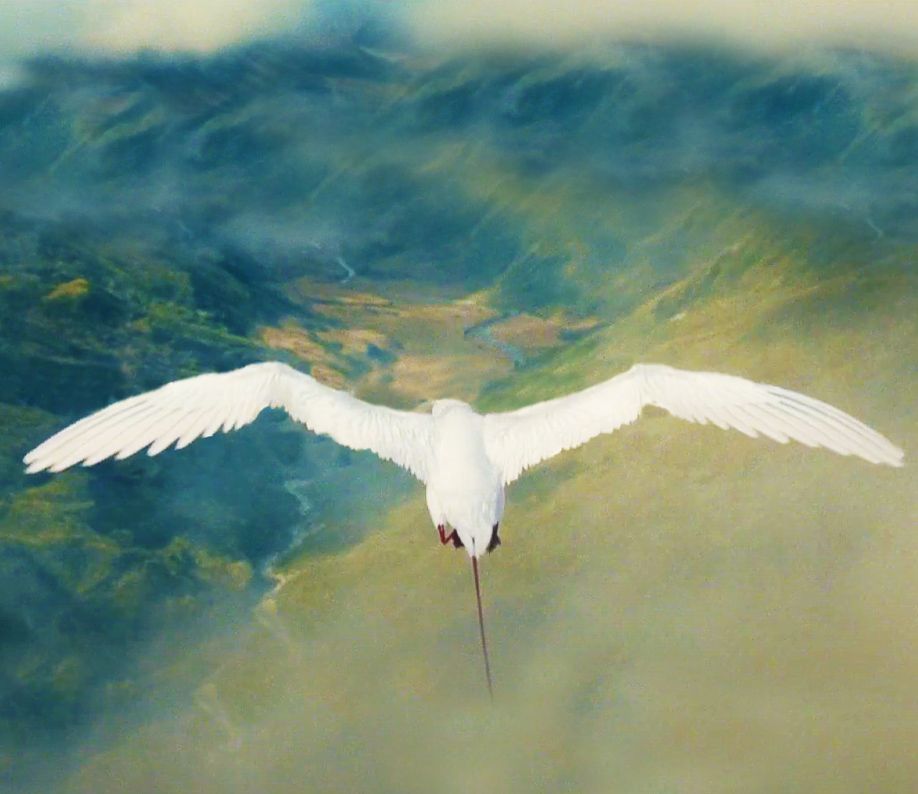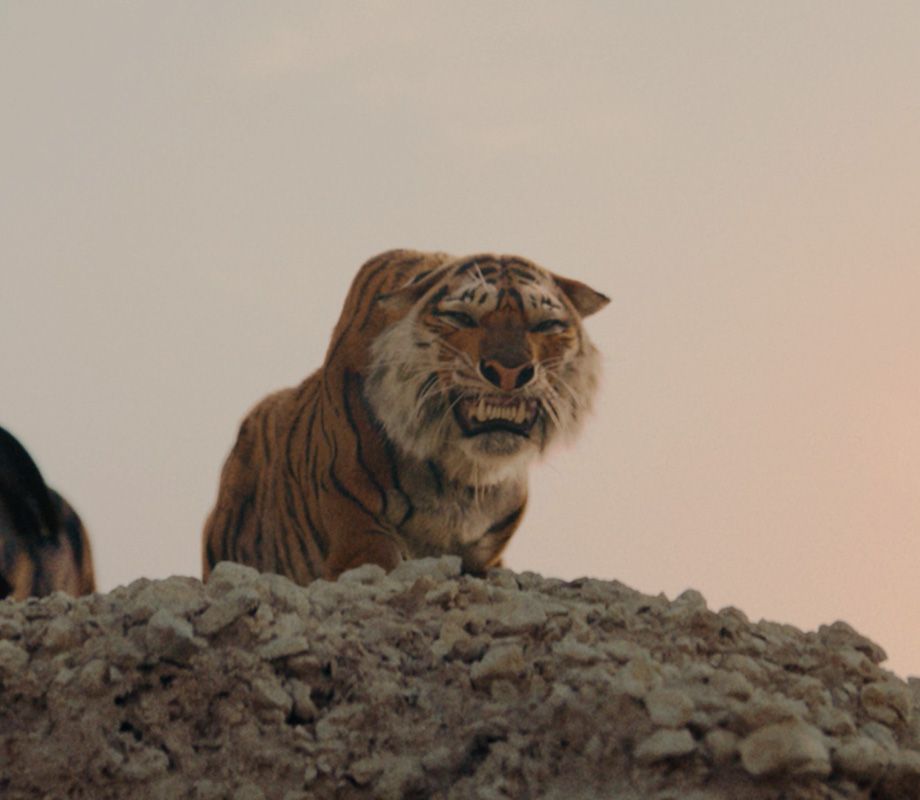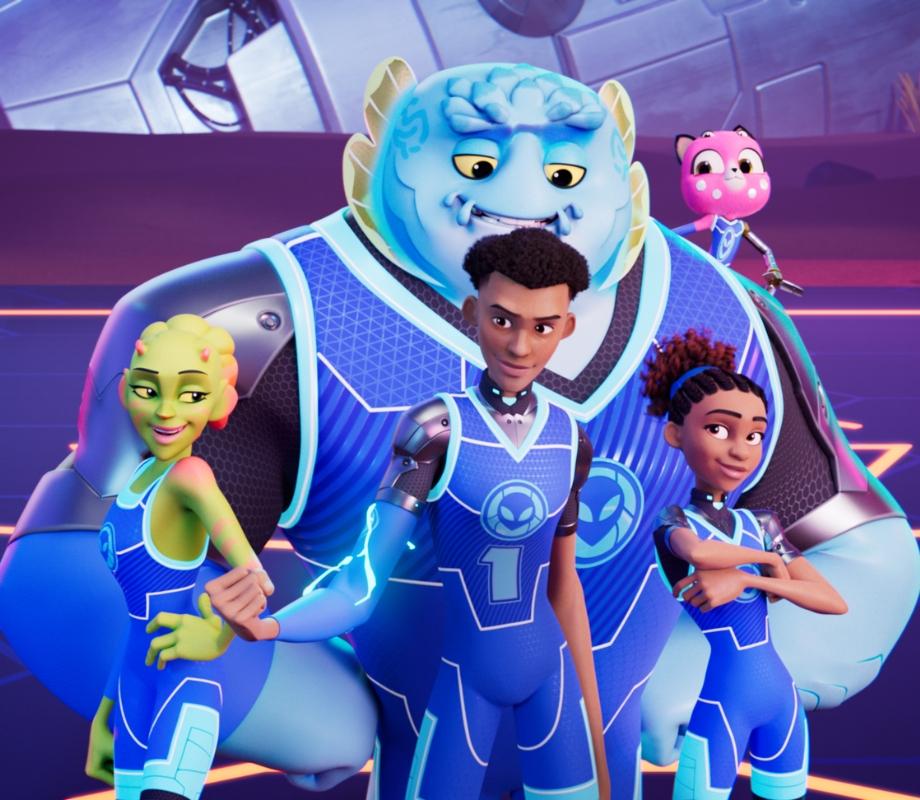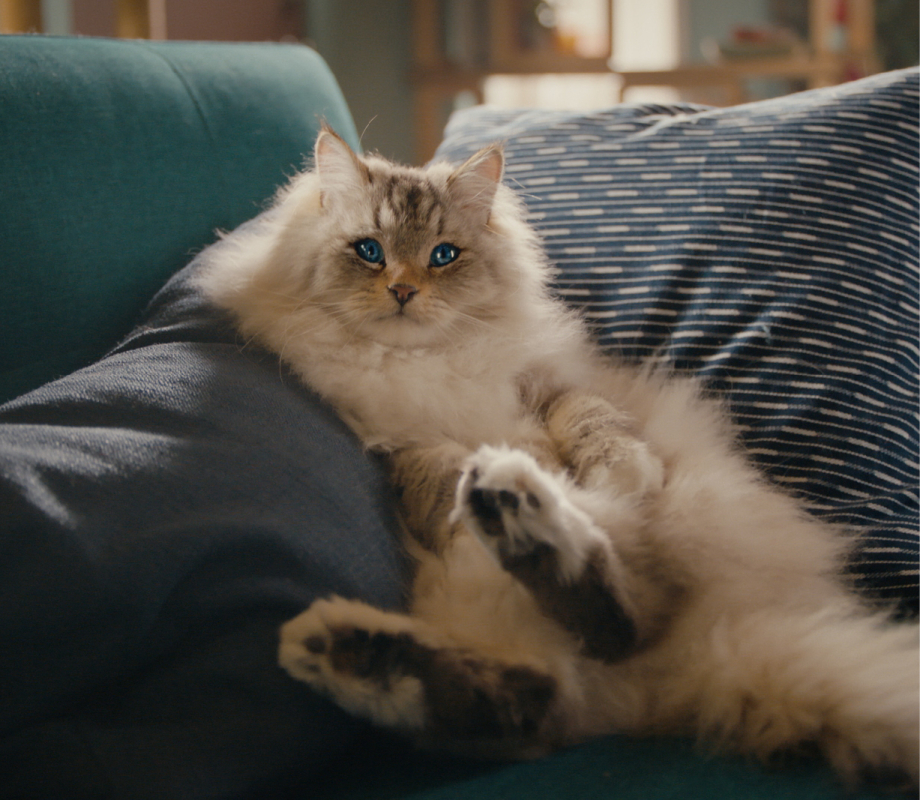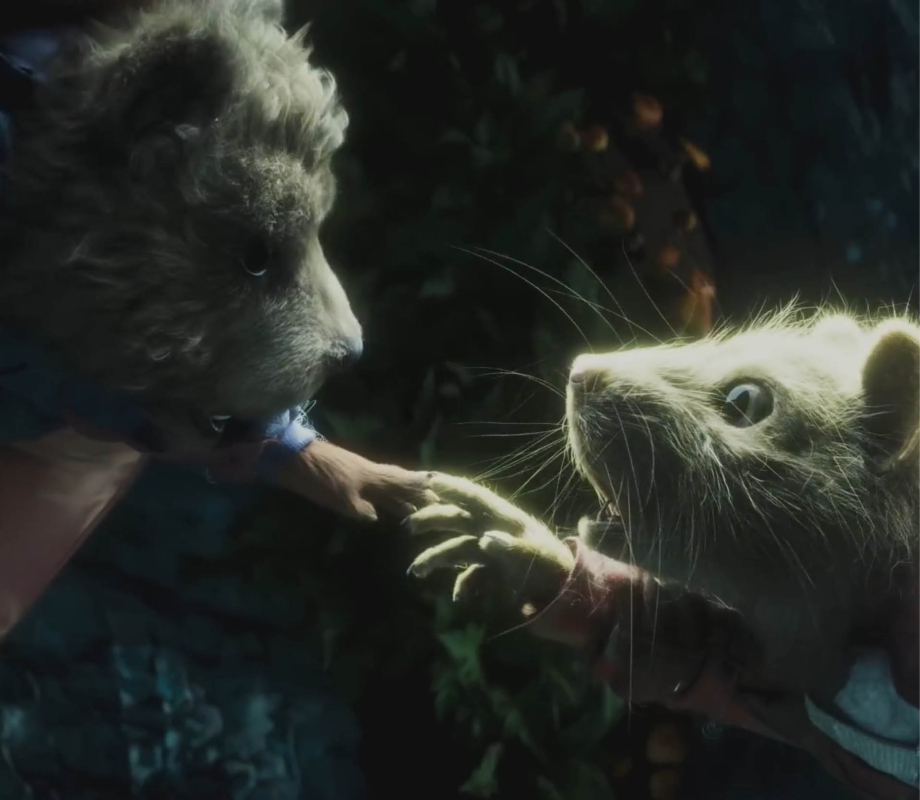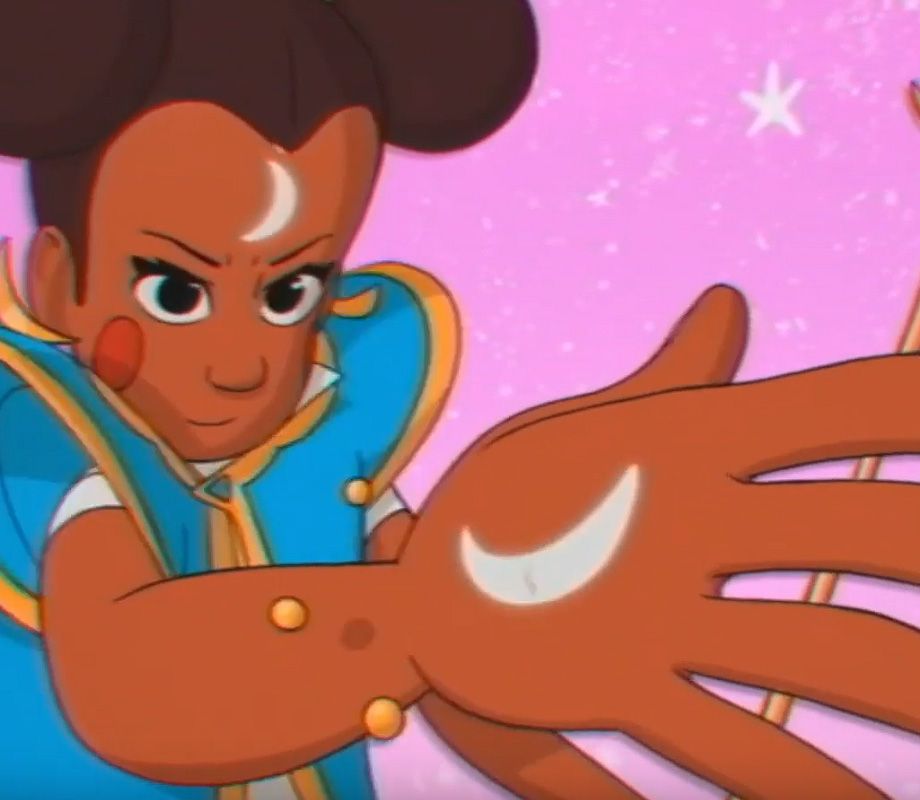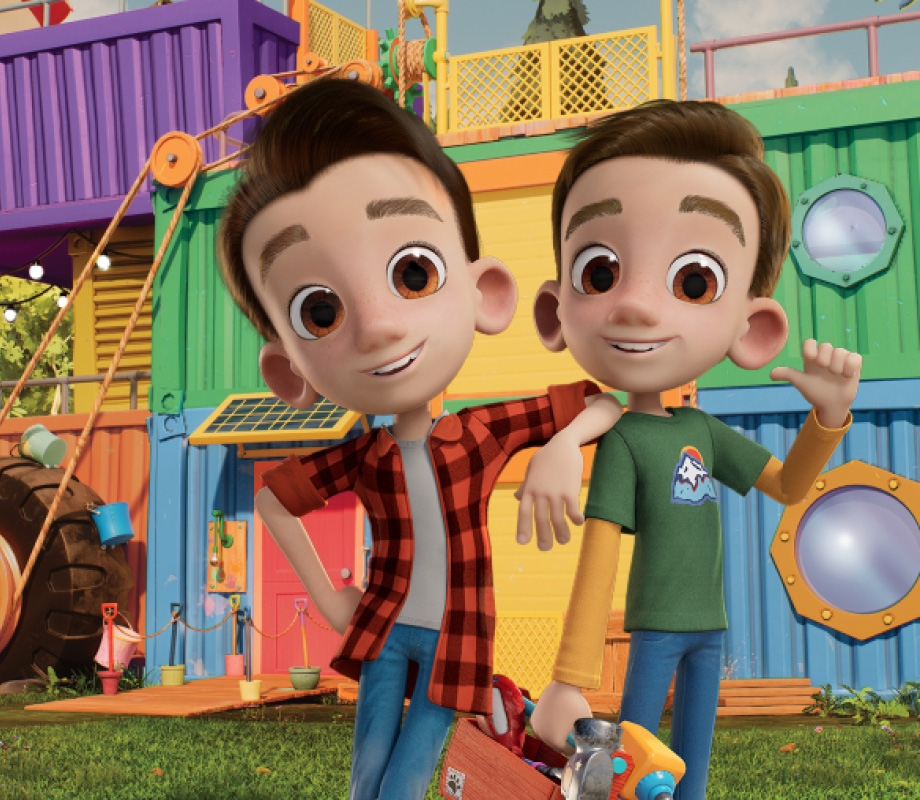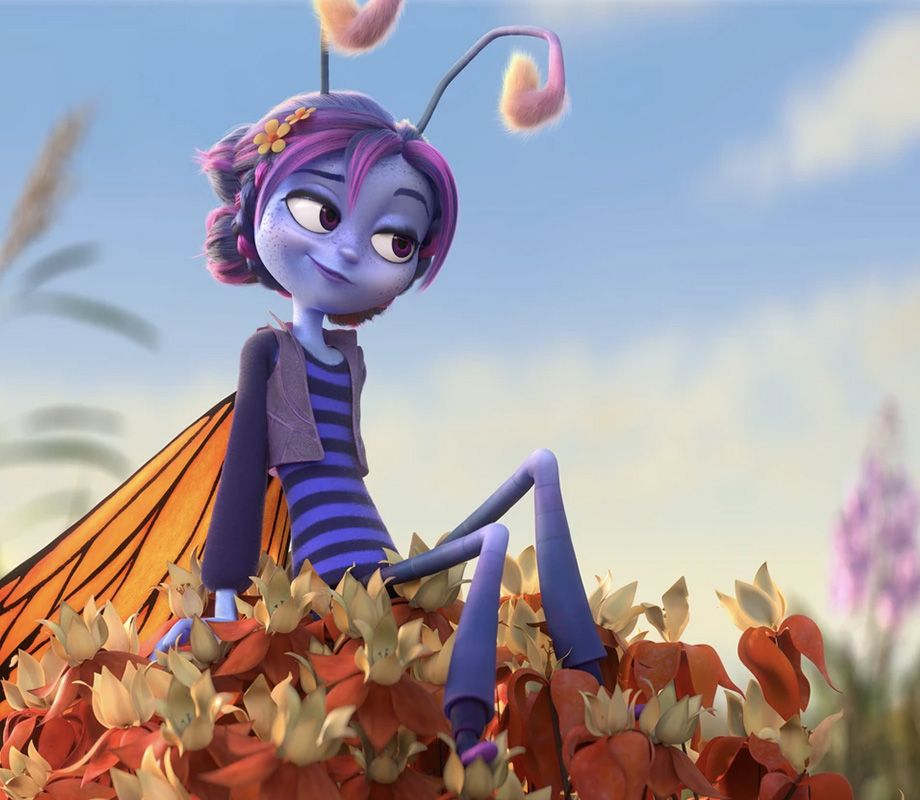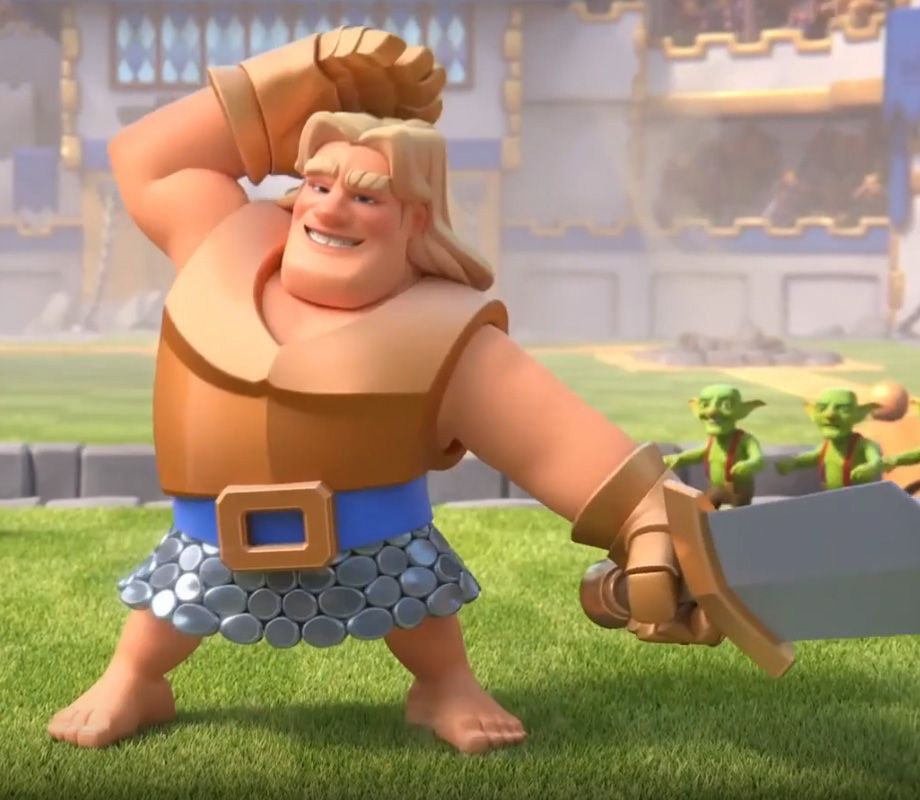Production A Mouse Called Julian
A Mouse Called Julian
FORMAT
Short film
LENGTH
26 mins
TARGET
Family
GENRES
Adventure, Comedy, Animation
Characters Breakdown
CONCEPT
MODELING
Adapting this 2D graphics project into 3D proved to be a complex process.
The decisions taken during modeling had an influence on the other departments, especially because of the extreme deformations required to preserve the book's graphic style,
as desired by director Christian Larocque (Mercury).
Many questions had to be addressed, such as: how to treat animal fur in geometry so that it always appears in profile (as it does in 2D).
Or how to create a topology adapted to different facial expressions, to work with both closed-mouth and extreme open-mouth shapes, etc...
LOOKDEV
FINAL
When it came to lighting and compositing, we tried to automate as many tasks as possible to keep to a low production budget for the series, film or medium-length feature.
So most of the elements had to come straight out of Maya, without requiring a lot of editing.
Mercury was responsible for adding a few minimal effects in 2D compositing and harmonizing the lights and colors on the shots.



